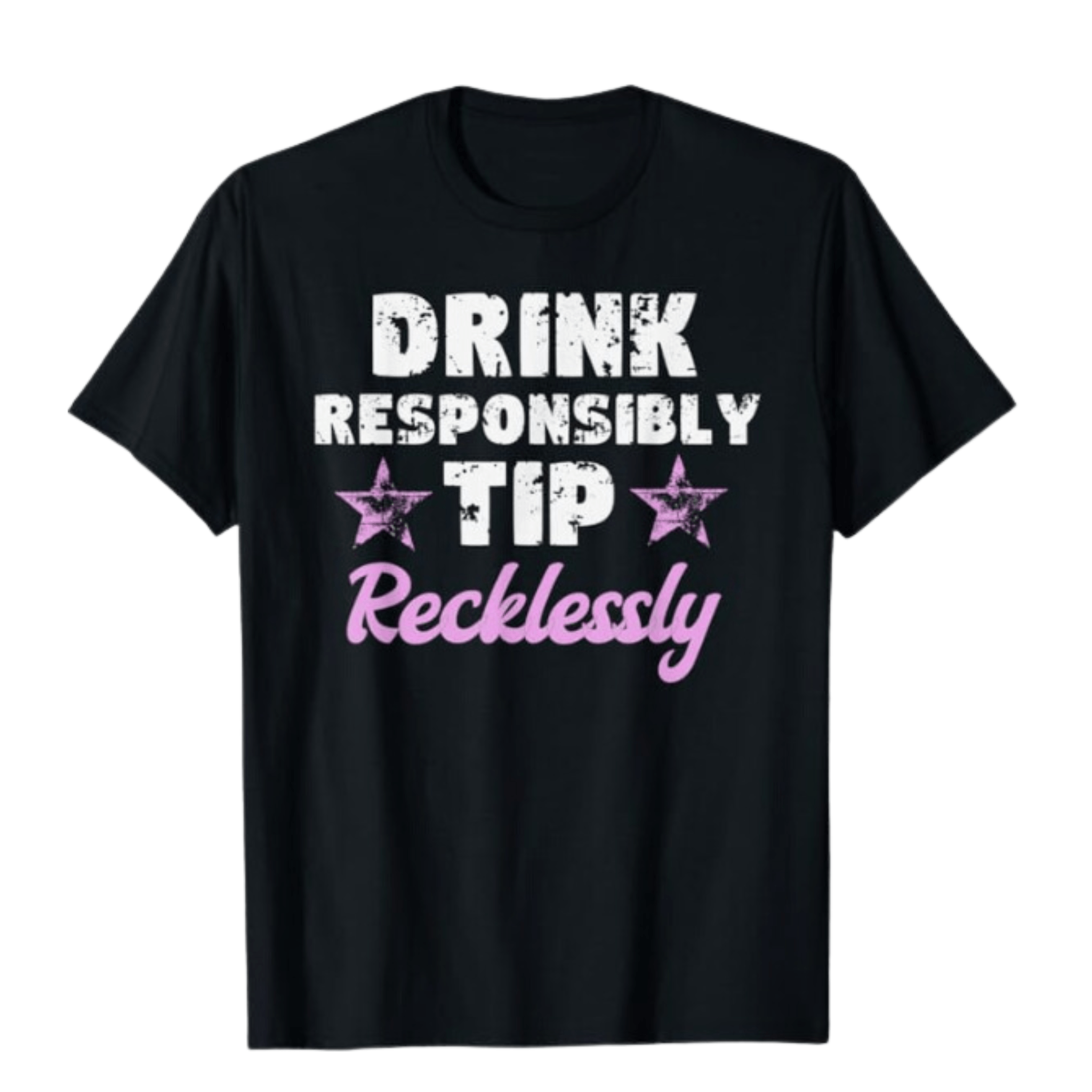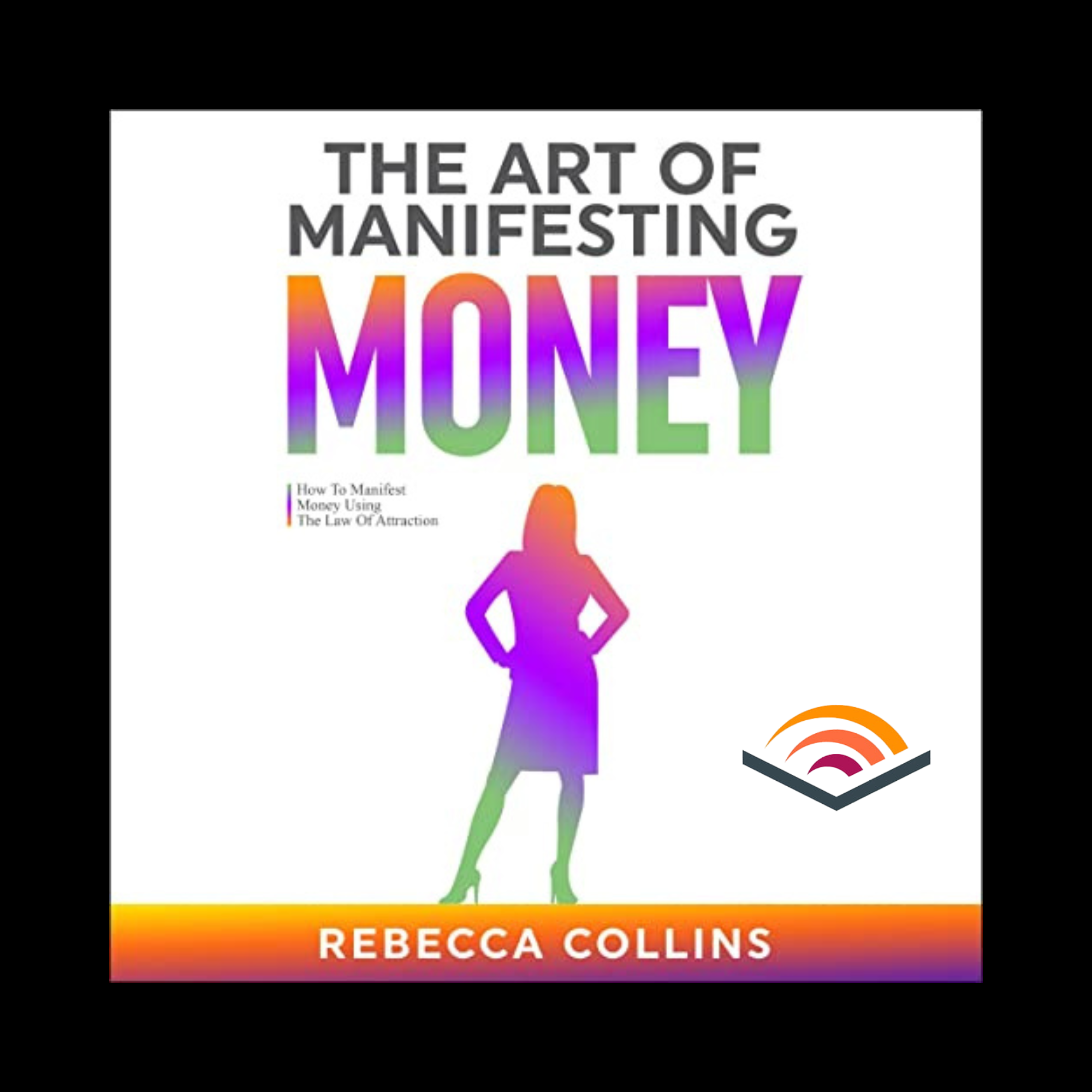Persuasion is a potent tool that shapes every corner of our lives, from sealing business deals to nurturing meaningful relationships. Yet, the art of persuasion isn’t just about getting people to do what you want—it’s about creating a genuine influence that resonates, motivates, and inspires.

While traditional techniques like reciprocation and social proof are still effective, there are lesser-known strategies to enhance your persuasive abilities. These techniques blend psychological principles with practical applications, creating an approach that is both an art and a science.
1. Planting Seeds with Inception Language
One of the best ways to persuade someone is by making them feel like the idea was theirs all along. Known as “inception language,” this technique relies on suggesting a thought or desire in such a way that the person begins to believe it was their original idea. Here’s how it works:
- Use Open-Ended Questions: Frame your request as a question that invites introspection. For example, instead of saying, “You should invest in this program,” ask, “What would it look like for you to grow your skills even further?” This shifts the thought process internally, leading them to envision the benefits on their own.
- Employ Embedded Commands: When speaking, embed subtle commands within a sentence by changing your tone on specific words. For example, saying, “Imagine how much happier you could be if you took action today,” can guide them toward making a decision without overtly suggesting it.
This approach works well in romantic relationships and dating, too. Instead of overtly suggesting a serious commitment, you might say, “Can you imagine being with someone who deeply understands and supports you?” If the relationship is going well, this subtle prompt helps them envision you as a partner who fulfills those needs.
2. Highlight Scarcity But Offer Abundance
Scarcity is a well-known persuasive tactic, but when used with a twist, it can be even more effective. Instead of just pointing out that a product, experience, or opportunity is limited, frame it in a way that presents both scarcity and abundance. Here’s how:
- Limit Quantity, Expand Impact: Emphasize that your product or service is exclusive, but highlight the positive transformation it brings. For example, “Only five spots left in this workshop, but the value you’ll gain will impact your career for years.” People become more attracted to opportunities that are scarce but also appear to provide rich, lasting benefits.
- Use FOMO Wisely: Fear of missing out is effective, but a more nuanced form involves offering “limited edition” rather than limited access. When people perceive they’re getting something special, rather than just restricted, it creates a sense of exclusivity and motivates them to act.
3. Use Mirroring and Matching to Build Subconscious Rapport
People naturally feel drawn to others who appear similar to them. Mirroring, or subtly imitating someone’s body language, speech patterns, or tone, can create a sense of connection and empathy that builds trust quickly. This technique is powerful, especially in business, sales, or when making a good impression on a potential life partner.
- Mirror Body Language: Subtly adopt their gestures, posture, or mannerisms. For example, if they cross their arms, wait a moment, and then do the same. Mirroring creates a subconscious bond, making the other person feel comfortable and connected.
- Match Communication Styles: If they speak quickly and passionately, adjust your tone to match their energy level. This makes them feel that you’re aligned with their values and mindset, fostering both trust and openness.
4. The Power of Specific Praise and Encouragement
Flattery can often feel shallow, but when praise is specific, it hits the mark more effectively. This works wonders in both personal and professional relationships, helping build goodwill, reinforce desirable behaviors, and encourage positive outcomes.
- Be Detailed and Genuine: Instead of general compliments like “You’re good at this,” specify your admiration. For instance, “Your attention to detail on that project really impressed me. It shows how much you care about quality.” Specific praise shows that you’re attentive and that you value their unique strengths.
- Encourage Their Future Self: Use phrases that reinforce their potential rather than just praising what they’ve already accomplished. For example, “You have the potential to lead this project” or “I can see you making an impact on a larger scale.” Encouragement directed toward their future builds their confidence and associates you with a positive, supportive vision.
5. Harness the Law of Consistency and Commitment
People want to remain consistent with their beliefs and actions. Once they commit to something small, they are more likely to agree to something bigger. This technique can be instrumental in both sales and personal relationships.
- Start with Small Yeses: In a sales setting, ask questions that invite agreement or commitment on a small scale, like, “Do you value getting the best quality?” Once they say yes, they’re more likely to agree to the larger request of purchasing the product.
- Frame Goals in Relationships: In dating or personal relationships, ask questions that help the person recognize what they value in a partner, then connect those qualities to yourself subtly. For example, “Would you say you value trust and honesty in a relationship?” This commitment to ideals like trust or honesty primes them to see you as someone who fulfills those values.
6. Social Proof with an Individual Twist
Social proof remains one of the most effective forms of persuasion, but tailoring it to the person’s specific values or identity makes it even more powerful. If you know the person’s tastes, interests, or values, mention how people similar to them benefit from your suggestion.
- Appeal to Their Tribe: Use phrases like, “Many professionals like you…” or “People who share your passion for health…” This form of targeted social proof assures them that they’re making a choice aligned with their peer group or community.
- Mention Trendsetters and Influencers: If you’re selling a product or service, mention prominent figures in the field who endorse similar products. If you’re asking a favor or looking for relationship commitment, mention people or influencers they admire who made similar choices.
7. Use the Primacy and Recency Effect in Communication
When presenting ideas, structure your most compelling arguments at the beginning and end of a conversation or presentation. This psychological principle, known as the primacy and recency effect, asserts that people remember the first and last things they hear better than what’s in the middle.
- Start with Impact, End with Action: For example, if pitching a product, start with a strong, emotional benefit statement. Then close by clearly outlining the next step, such as signing up or making a purchase.
- Highlight Personal Value at Both Ends: When communicating in relationships, begin by emphasizing the positive aspects of your connection. Conclude with something encouraging that reinforces shared values or dreams, making the other person feel supported and valued.
Mastering Persuasive Power
Learning these techniques enables you to build rapport, inspire action, and create genuine connections, all while guiding others toward decisions that benefit both them and you.
Remember, influence is most effective when it is rooted in authenticity and mutual benefit. The art and science of persuasion should uplift, empower, and create win-win scenarios, allowing you to become a true master of influence in every area of life.
I hope you got value from this post, if you did, why not share it on Social Media and leave a comment below, tell me what you liked about it.
Thanks
Keith








































































































































Add comment